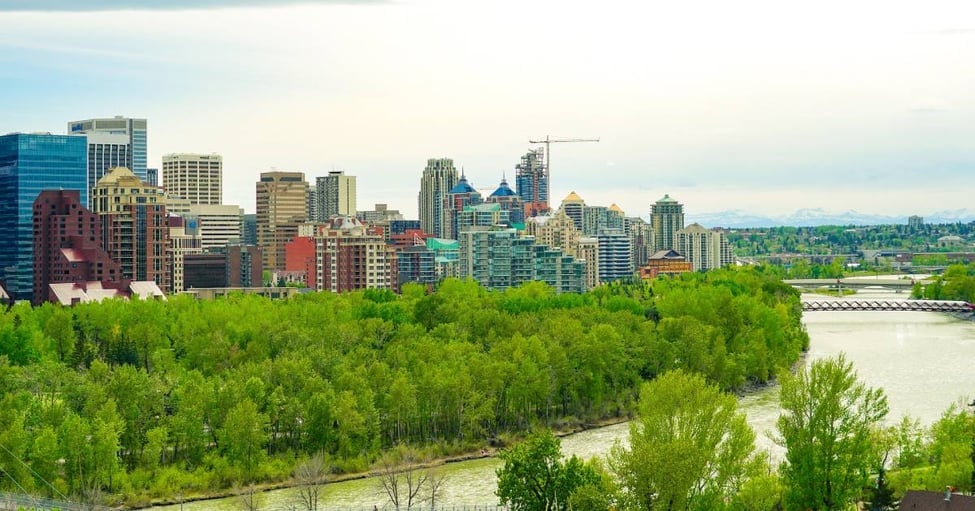As a homeowner with a mortgage, your primary focus has probably been meeting your monthly payments. And, if you’ve been intent on owning your dwelling free and clear as soon as possible, you’re likely familiar with additional payment options such as match payments and annual lump sum amounts.
Reverse mortgages are something you may know very little about. Perhaps you’ve seen television advertisements by lenders and wondered what reverse mortgages are exactly. Here’s what you need to know about this financial vehicle.
What is a reverse mortgage?
Basically, a reverse mortgage is a loan against the value of your property. The equity in your home is used as security, and you can borrow as much as 55% of the appraised worth of your house without having to pay it back right away. Therefore, there are no monthly mortgage payments associated with the loan. Reverse mortgages are available to older adults who own a residential property that’s their primary abode.
How does it work?
In Canada, homeowners who are 55 years of age or older are eligible to apply. A lender considers the applicant’s age, the age of anyone else with title to the property such as a spouse, the home’s condition, and its appraised value.
The dwelling must be used as a primary residence and lived in for six months or more each year. Once approved for a reverse mortgage, homeowners can defer repaying the loan until they move out or sell the house. They can also leave it to their estate to settle the loan after they die. Borrowers still have to pay homeowner’s insurance and property taxes.
Reverse mortgages usually have a setup fee and require the applicant to pay for a home appraisal. You must obtain independent legal advice before being approved, so you’ll need to budget for that too. There’s always an option to repay the loan principal and interest early, but there may be a fee involved.
When should I consider it?
If you want to continue living in your house and would like a little extra income to cover expenses or renovate your property, a reverse mortgage may be a good choice. For example, maybe you’re retired and having some difficulty living on reduced earnings. If you’ve paid off the mortgage on the family home, you might have built up quite a bit of equity in it. Plus, if you’re in a city like Calgary where property values have been steadily rising recently, it might not yet be the time to sell and downsize to a smaller dwelling. A reverse mortgage allows you to take some of the cash out of your house and avoid selling it prematurely.
What are the downsides?
Interest rates on reverse mortgages are typically higher than on traditional mortgages. In addition, the interest is added each month to the amount you borrowed. Since you don’t have to make mortgage payments, this means that your loan amount steadily increases. Over time, this could be substantial. It could actually exceed the value of your home, particularly if there’s a declining real estate market in your community. Another risk is that if you hope to leave the family dwelling to your children, your estate may not have sufficient funds to pay the balance owing on the reverse mortgage.
Do you want to know more? Visit this Government of Canada webpage for all the details. Remember, if you’re looking for a mortgage specialist, I can put you in touch with several excellent experts.


